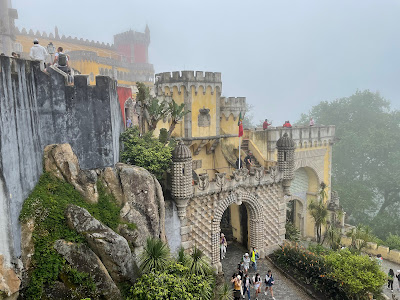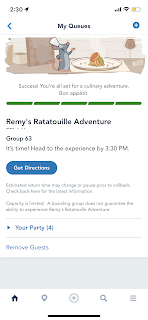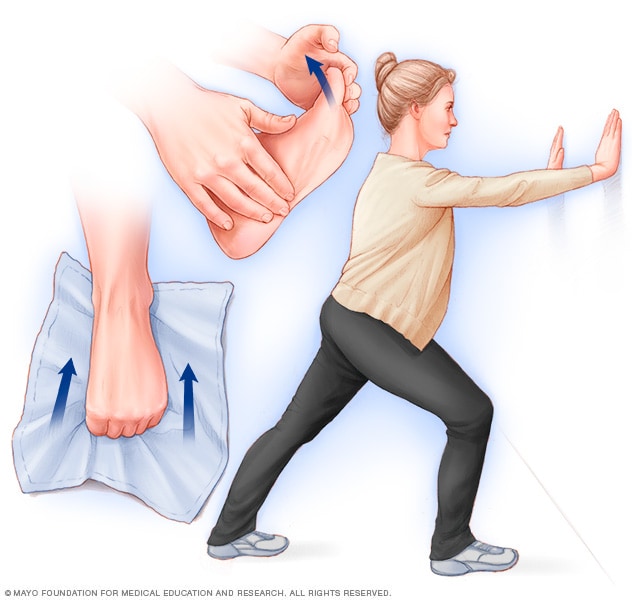Sintra was not initially in our list of must see destinations until a friend strongly recommended it, and she was right. Sintra is about 25km away from Lisbon and about a 30 minute drive without traffic.
Getting to Sintra
We were initially going to take a train to Sintra but it would have taken us nearly an hour to get there from hour hotel. After seeing that it we could get an Uber for around 25 EUR and get there in 30 minutes we decided to go for that. I would still recommend requesting that the Uber drops you at the train station instead of downtown Sintra since that is where you can easily buy the local bus tickets.
Moving around Sintra
We love to walk when possible, but unfortunately the roads to the Sintra castles are very narrow and steep. From our research we learned that the best way to get around the Sintra castles was using local bus 434. We tried buying bus tickets ahead of time, but the agency website would not take my credit card because it assumed a local postal code which does not match the format for US zip codes. When we got to the train station, on the outside you will see the signs to get on the bus (#434). Before boarding the bus there were agents who you could buy the ticket from for EUR 11.50. This includes unlimited usage per day, as well as other routes, e.g. 435 to get to Quinta de Regaleira and Palace of Monserrate, as well as the bus route that can take you to Cascais (1hr away). We heard great things about Cascais, but from my experience there would not be enough time to visit both places on the same day.
Pena Palace
Pena Palace is a must see within Sintra. We bought tickets ahead of time on their website. I bought the ticket for both the park and the palace. The Palace ticket requires a timed entry, but not the park. I would allow at least 1 hour for the palace time entry from the time you estimate you will reach the Sintra train station. Bus 434 has frequent stops, almost every 10 minutes, but it takes about 20 minutes for the bus to get to the Park entrance and then another 20 minutes to walk up to the castle. The palace is beautiful on the inside, but if you are limited in time I would suggest only buying the park ticket. There is a lot you can see from the outside of the Palace. Also you will see from the picture that it was very foggy and windy. We were told by our Uber driver that is a typical Sintra wether and eve though it was warm in Lisbon, Sintra weather can be 10C/20F degrees lower, so bring a light jacket.
Where to eat
Our Uber driver recommended 2 spots. "Casa do Preto" we were told people from Lisbon come here just to eat here. This is towards the city entrance, but bus 434 stops there. We wanted to eat there but to maximize our time we decided to go with his second recommendation which was "O Melhor Croissant da Minha Rua", which means "the best croissant of my street" and indeed they were likely the best croissants in the area.
Palace of Monserrate
We chose to visit Palace of Monserrate next as it looked beautiful in the pictures and indeed it was. However getting there was not as easy. You have to take bus 435 which was a smaller bus and with much less frequency. We waited about 30 minutes on the way in and another 25 minutes on the way back, so if you are limited in time I would not recommend going here.
On the way our bus stopped by Quinta de Regaleira which we would have stopped if the bus stopped more frequently.
The other castle we wanted to visit if we had more time was the Moorish Castle which we left for our next visit to Sintra. We took an Uber back to Lisbon and since it was rush hour (around 5pm), it took a little longer to get back, but nothing too crazy.






























